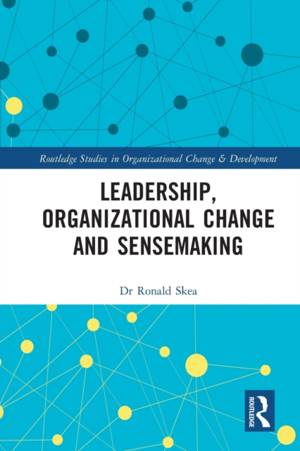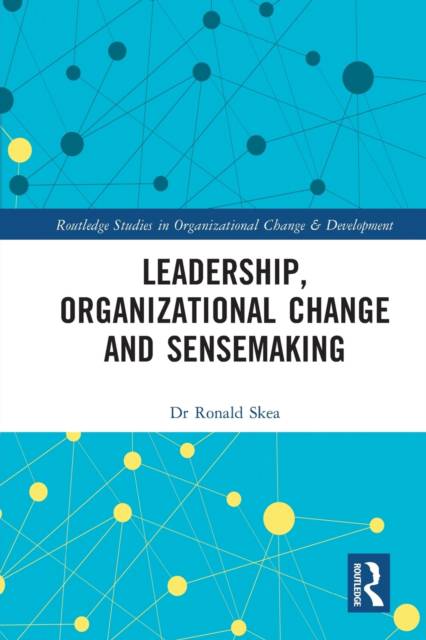
- Retrait gratuit dans votre magasin Club
- 7.000.000 titres dans notre catalogue
- Payer en toute sécurité
- Toujours un magasin près de chez vous
- Retrait gratuit dans votre magasin Club
- 7.000.0000 titres dans notre catalogue
- Payer en toute sécurité
- Toujours un magasin près de chez vous
Description
Organizational change literature often focuses on the leaders role in giving sense to others of the need for change and there is a plethora of models and recipes on how to influence employees thinking about change, organizational design and performance. Notwithstanding this ready supply of advice, research has shown that up to 90% of change programs fail to deliver their expected outcomes. One of the reasons for this which has been neglected in the literature is that successful change in thinking starts with how leaders first make sense of the need for change and the challenges this poses to their own thinking.
This book surfaces the elements behind leader sensemaking that add to or detract from their ability to critically question their current thinking. Leaders and interventionists have lacked practical and pragmatic advice on how to influence the process. This book is the culmination of 10 years of research spent working with leaders in organizations as they interpreted the need for change and made choices about engaging, or not, with transformational change methodologies. It reveals nine elements of sensemaking displayed by organizational leaders as they grapple with challenges to their current orthodoxies about how to lead and organize in times of change.
The book shows the latest state of knowledge on the topic and will be of interest to researchers, academics, practitioners, and students in the fields of leadership, change, and organisational development.
Spécifications
Parties prenantes
- Auteur(s) :
- Editeur:
Contenu
- Nombre de pages :
- 164
- Langue:
- Anglais
- Collection :
Caractéristiques
- EAN:
- 9781032014753
- Date de parution :
- 09-01-23
- Format:
- Livre broché
- Format numérique:
- Trade paperback (VS)
- Dimensions :
- 152 mm x 229 mm
- Poids :
- 244 g

Les avis
Nous publions uniquement les avis qui respectent les conditions requises. Consultez nos conditions pour les avis.






